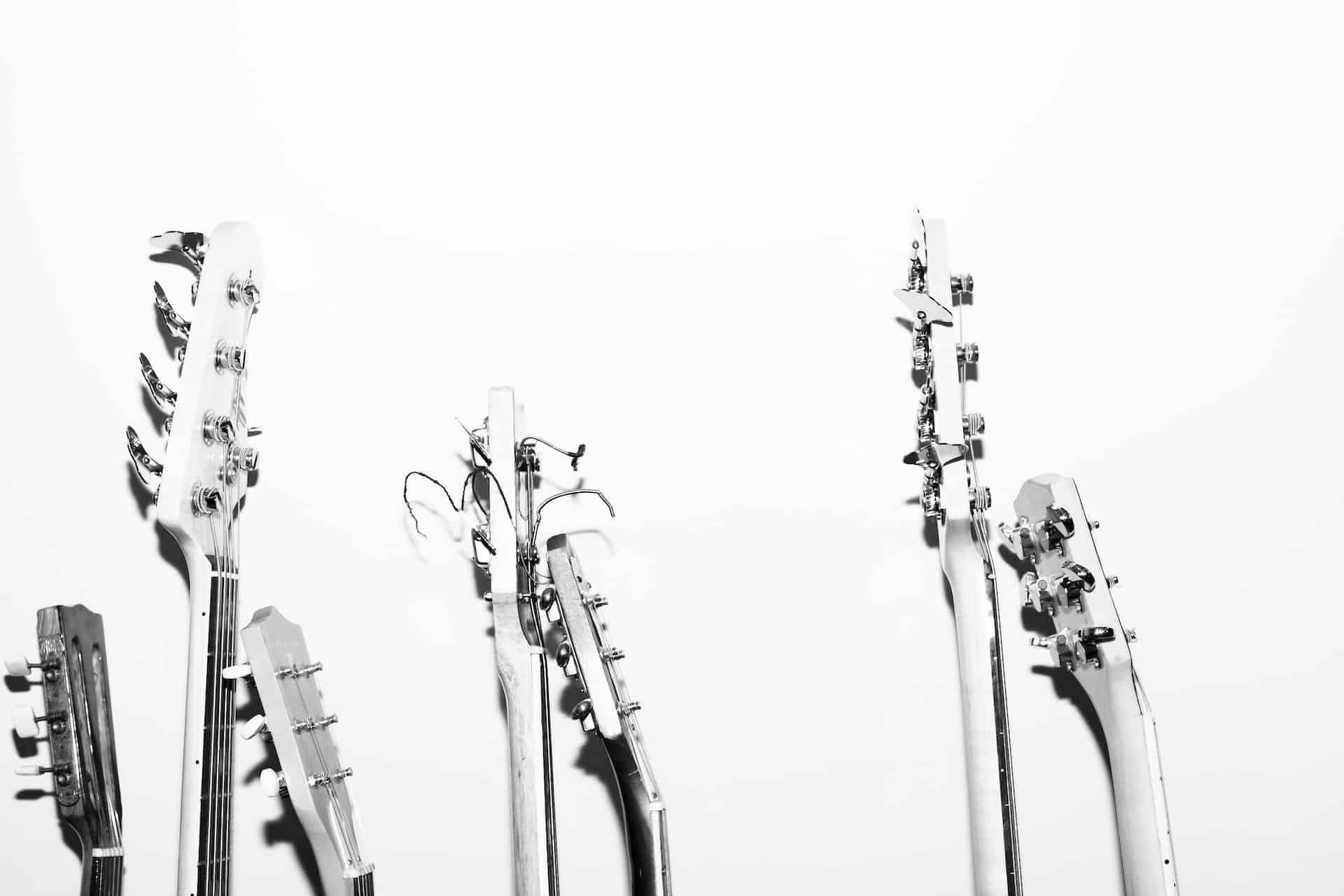What comes to your mind when you think about the guitar? Maybe a red and white electric guitar? Perhaps a more classical, wooden guitar? Actually, there are a ton of instruments that can be called guitars. In this article, we will talk about many different types of guitars you can choose from.
Acoustic guitar
Throughout this article, we will utilize the term “Acoustic Guitar” to refer to all the different types of guitars that rely on their body as a resonance box, in which the vibration produced by the strings are amplified.
European vs. American Standards?
When talking about acoustic guitars, we can distinguish many sizes and shapes, mostly coming from their place of origin, their particular culture, and craftsmanship.
In Europe, one of the most distinguished guitars is Flamenco guitar. This guitar has a smaller soundbox, aiming for speed and sharpness in tone.
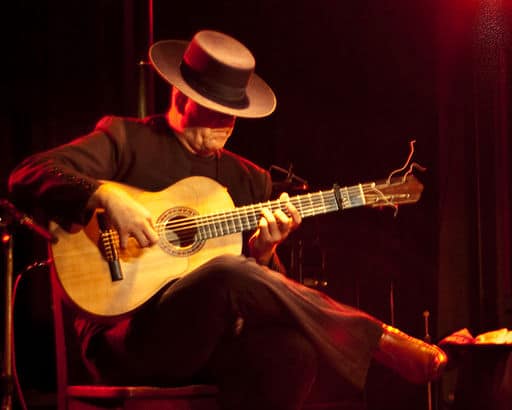
In America, it is more common to see big guitars, such as dreadnought guitars, which are an acoustic variant that is highly valued because of its loud, deep tone.
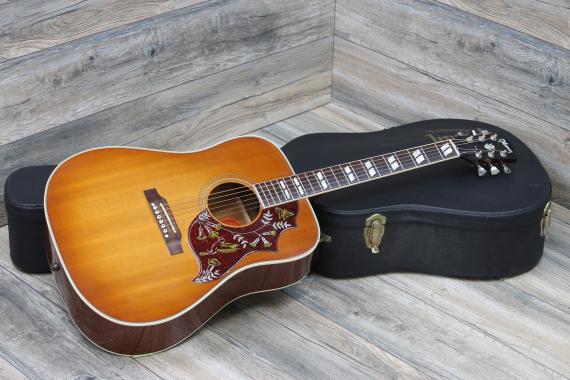
Body shapes & sizes
Depending on the standard and purpose, acoustic guitars can be distinguished by several features:
- Shoulder height: A thing to consider while choosing an acoustic guitar is its height, which is the fret in which the fretboard meets the guitar’s shoulders. Typical guitars will have their shoulders between the 10th and 16th frets.
- Shoulder shape: Classical guitars usually have rounded shoulders. However, there are some types such as dreadnought guitars that count with squared shoulders, adding size to the soundbox.
- Shoulder symmetry: Acoustic guitars can have either symmetrical shoulders, adding to the depth of the tone or go for a cutaway design, in which one of the guitar’s shoulders is cut in a way that makes the frets closer to the bridge more accessible to the player.
- Body Size: The bigger the body is, the deeper and louder the notes will sound. Some genres favor small guitar bodies because of their tonal sharpness, such as flamenco. In contrast, others will choose bolder sounding instruments.
- Overall size: Guitars come in several sizes that adapt to the player’s own size and preference. Usual sizes are 1/2, 3/4, and 7/8.
Strings
Classical guitars and most acoustic variants will use nylon for the treble strings and wound metal for the bass strings. However, American acoustic guitars usually are played with metal strings entirely.
Music styles
The sheer dominance of this guitar in every music style is notorious until the appearance of electric guitars, which allowed the arrival of new music styles because of their sound. However, acoustic guitars have also earned their place in the styles electric guitars have created. The music styles used for acoustic guitars can be further distinguished depending on the type. For example, dreadnought guitars make the distinctive sound of bluegrass and folk music, classical guitars shine best in baroque and romantic pieces. Flamenco guitars are the star of a style that includes many subgenres and different rhythms.
Pros and Cons
- Pro: Acoustic guitars don’t need any power source to be played, and it’s easy to learn how to do proper maintenance and adjustments to them as an owner, without requiring assistance from an expert (such as keeping the surface clean, replacing the strings, adjusting the action, etc.)
- Con: You will need some external microphone if you want to be heard in large crowds.
- Pro: Nowadays, acoustic guitars will grant you good quality and customizability for low prices.
- Con: Acoustic guitars rely heavily on their bodies for their tone and their volume, so they need to be treated with special care. Moreover, some mass-produced models might not age well, and you might have to repair your guitar or get a new one after some years.
Electro-acoustic guitar
Electro-acoustic guitars are a great compromise between the power of an electric guitar and the warmth and natural feel of an acoustic guitar. These guitars can look and feel like an acoustic guitar, with the addition of pickup coils or a microphone inside the soundbox and an output jack.

Body shape & size
Electro-acoustic guitars usually have robust bodies with a soundhole to create a resonance box, much like acoustic guitars. Most models are cutaway for easier access to the upper frets, and their pickups and microphones.
Strings
Electro-acoustic guitars are usually played with metal strings to utilize both the soundbox and their pickup coils best. Most electro-acoustic guitars will include receivers, though, so it is possible to play with nylon strings. However, you would lose tone if you were to use the pickups as well.
Music styles
Electro-acoustic guitars can fit comfortably in any place where you would use an acoustic guitar.
Pros/Cons
- Pro: They are excellent, super versatile guitars because of the possibility of connecting them to an amplifier and pedals. The latter is a rare occurrence but still very possible.
- Con: They can be more expensive than the average acoustic guitar.
- Pro: If the power goes out or there’s no outlet available, you can play this guitar as if it were an acoustic one.
Semi-acoustic guitar
Body shape & size
Contrary to electro-acoustic guitars, Semi-acoustic guitars are essentially electric guitars with hollow or semi-hollow bodies. This feature adds to their sound a touch of the warmth that acoustic guitars have naturally.
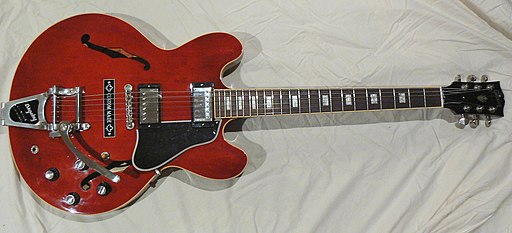
Strings
Semi-acoustic guitars are played with metal wound strings like electric guitars, usually of a low gauge, to take advantage of their natural tone.
Music styles
Semi-acoustic guitars are highly appreciated by folk and blues artists because of the unique tone they have.
Pros and Cons
- Pro: Their tone is very warm and sweet, which can be advantageous in soft, intimate settings.
- Con: You will need pedals to give it the more industrial, aggressive sound some electric guitars have naturally.
- Pro: Their build can allow for a lot of creative liberty, and depending on the manufacturer, this translates into visually stunning guitars.
- Con: The sound of an unplugged semi-acoustic guitar, while louder than an electric guitar, is dim in comparison to their acoustic version. You will need an amplifier.
Electric guitar
Electric guitars are usually the stars of the show. What makes a guitar “electric” is that the vibration coming from the strings is picked up by magnetic coils and amplified.
Body shape & size
Electric guitars can come in many shapes and sizes since they don’t depend on a hollow body for their sound. Among the most popular guitar brands are Fender, Gibson, Ibanez, and PRS guitars.
Telecaster
Telecaster is pretty much an entry-level guitar, but it’s precisely its simplicity and sturdiness that puts Teles among the favorites of many musicians. Its solid square body and simple settings make it the perfect travel guitar.
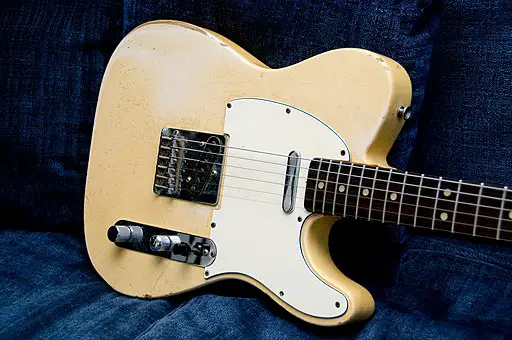
Stratocaster
Strats are the best-selling guitars worldwide, with builds for every budget. The main features of this guitar are the three pickups along the body that can be graduated in 5 settings and its floating bridge, which allows the usage of a tremolo bar.
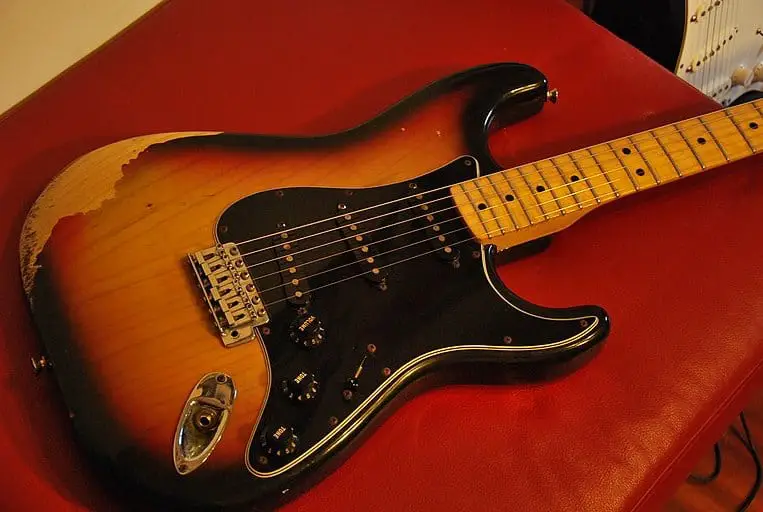
Les Paul
From Gibson, Les Paul guitars are the flagship guitar for genres such as jazz and blues. They have a more grungy sound, but don’t be fooled; these guitars are more delicate than their Fender counterparts.
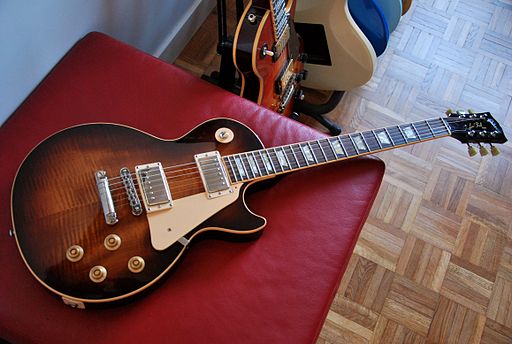
Strings
While electric guitars are played exclusively with metal strings, there’s a world of possibilities inside this category. The tone, volume, and quality of the strings can be modified by using strings with different gauges. A rule of thumb to remember how string gauge affects the tone of your guitar is the following: the thicker the strings are, the bigger, fuller, and powerful the sound is.
Music styles
The electric guitar has made the arrival of new music forms possible, especially rock and its subgenres.
Pros/Cons
- Pro: You can play LOUD with an electric guitar, and it has a certain projection and aggressiveness that the acoustic guitar lacks.
- Con: You will need a power outlet and an amplifier to play your electric guitar.
- Pro: Most modern and contemporary music regards the electric guitar as the lead instrument.
- Con: Depending on the model, they can be very expensive instruments, entering the realm of five and six figures.
Bass guitar
Before the invention of the bass guitar, it was typical to bands and ensembles to obtain their bass rhythms from a 3/4 sized double bass. It was Fender Guitars who came up with a model of guitar that could tap into the lower notes with comfort and even more power than traditional bass instruments.
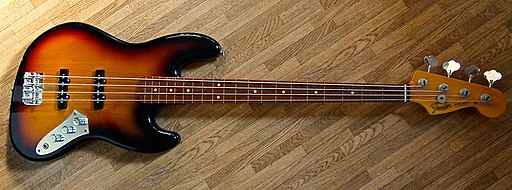
Body shape & size
Bass guitar shapes resemble a lot to those of the electric guitars. The neck of a Bass guitar is a bit wider and longer than on electric guitars, with more space between strings and the fretboard. They also have solid bodies.
Strings
The strings used for bass are much thicker than the ones used for guitar, to create a low, deep sound.
Music styles
Currently, the bass guitar is a ubiquitous instrument. Due to its versatility and sound quality, it can be found in almost any genre you can think of as a sort of pacemaker. The things that may vary between music styles for bass guitar are the techniques used and the melodies written for it.
Certainly, the styles in which the bass guitar is the protagonist are Funk and Japanese Rock (also known as J-Rock). In both styles, the use of slapping is common.
Pros/Cons
- Pro: If you can’t decide whether you enjoy rhythm or harmony more, the bass guitar is the instrument for you.
- Con: Because of its tone range, it isn’t as versatile as other guitar types, and it usually isn’t the lead / main instrument in a band.
- Pro: It can be easier to pick up and learn than the guitar because bass patterns can be simplified.
- Con: When a bass guitar makes a mistake, it is much more noticeable than when a guitar misses a note or plays out of tune.
Relatives of the guitar
If we think of guitars as fretted string instruments with a soundbox, we will find many similar versions that are close relatives to it, such as:
Lute
Lute is a generic term for any instrument with a resonance box and a neck that serves as a handle and as a means to project its strings further. This format has stood the test of time and become the father of all the instruments that fit this description, both fretless (the violin and its family) and fretted.
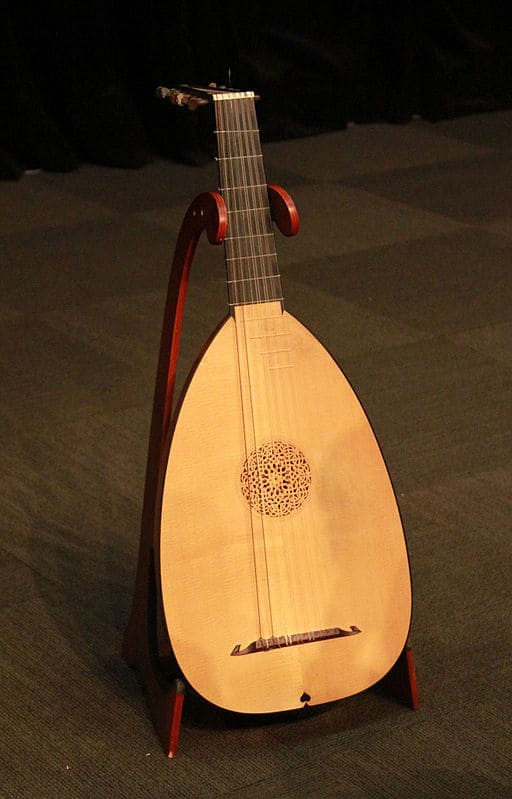
Ukulele
Ukulele is a small, 4-string instrument native to Hawaii. It has a very bright tone, and it sounds great alone or as an accompaniment. Around the world, there are instruments that share similar qualities, such as the Venezuelan Cuatro.
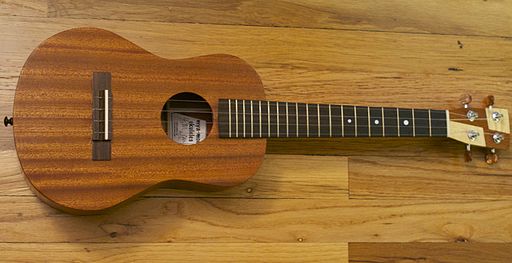
Mandolin
Mandolin is closely related to the lute in its shape and the pieces written for it. What’s curious about the mandolin is its sets of double strings. Mandolin is usually played with a pick.
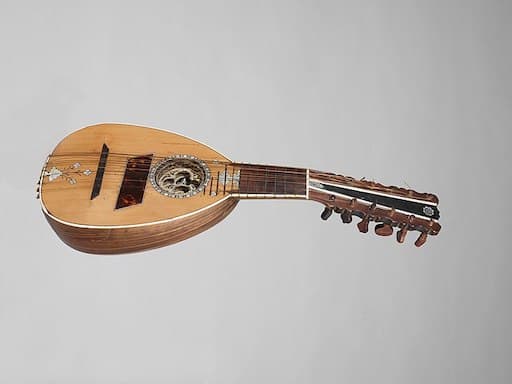
Guitarrón
The Mexican Guitarrón is essentially an acoustic bass guitar, with a prominent soundbox and thick strings used as accompaniment in Mexican folk music.

Shamisen
Shamisen is a Japanese 3-string instrument very similar to the guitar or the banjo. Instead of having a set tuning like most Western instruments, shamisen is tuned to the player’s liking or to the singer’s voice register, taking different intervals as a reference from the 1st string.

Banjo
Banjo is a traditional American instrument, characterized by its treble, twangy sound. Instead of having a soundhole, its body is mainly a drum attached to a fretboard. The typical tuning for banjo is an open G chord.
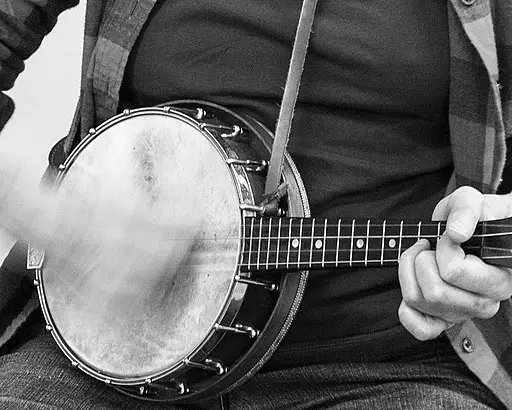
Special guitars
Fretless guitar
Typically, an essential feature on the guitar is the metal bars along its neck. These are called frets, and they are used to mark notes in tune when they come in contact with the strings. Fretless guitars lack these, allowing for microtonal expression and favoring sliding and vibrato. Like the violin, they are more difficult to master because playing in tune requires a lot of training and practice.
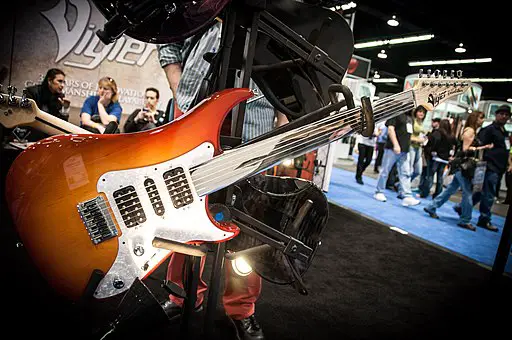
7-string guitars and 5-string basses
7-string guitars usually have a low B added to the 6 regular strings, whereas 5-sting bass guitars can have either a low or a high B. These guitars were popularized by Steve Vai for its deep sound.

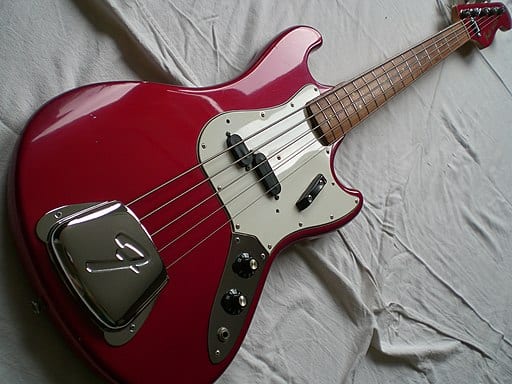
12-string guitar
12-string guitars often have their strings tuned in equal pairs but one octave apart to recreate a very rich, harp-like sound. Some players will modify the pitch of the second string in each pair to create a natural tremolo sound. These guitars have fat necks and are considerably heavier.
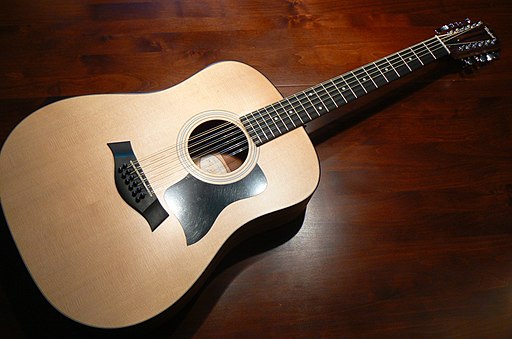
Double-neck guitar
If the thought of more strings to fret excited you (or put you off), imagine a guitar with more than one neck! Guitars like these often have their necks sitting one on top of the other, and incorporate a different tone range in each neck. For instance, a guitar with a treble neck and a bass neck or a 12 string neck. These double-neck guitars are very popular among experimental and intrepid musicians, such as Michael Angelo Batio, who often plays on guitars with their necks facing away, using tapping to achieve this feat.
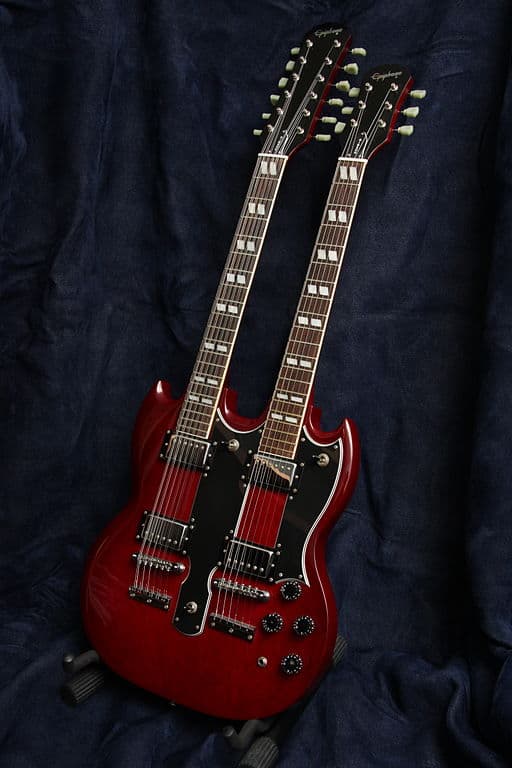
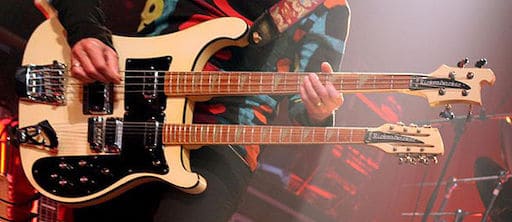
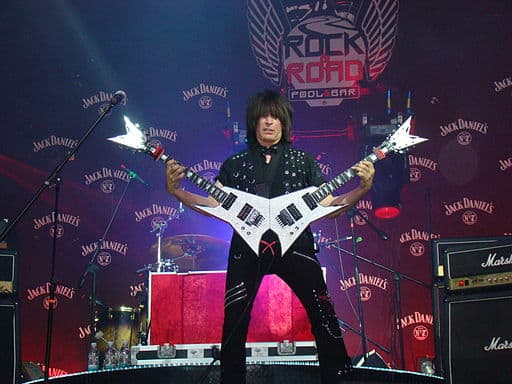
Final thoughts
When thinking about guitars, there are tons of shapes, sizes, and sounds to choose from. Take your time, ask around, and listen to different models to find a guitar that resembles best your personality and playstyle.

